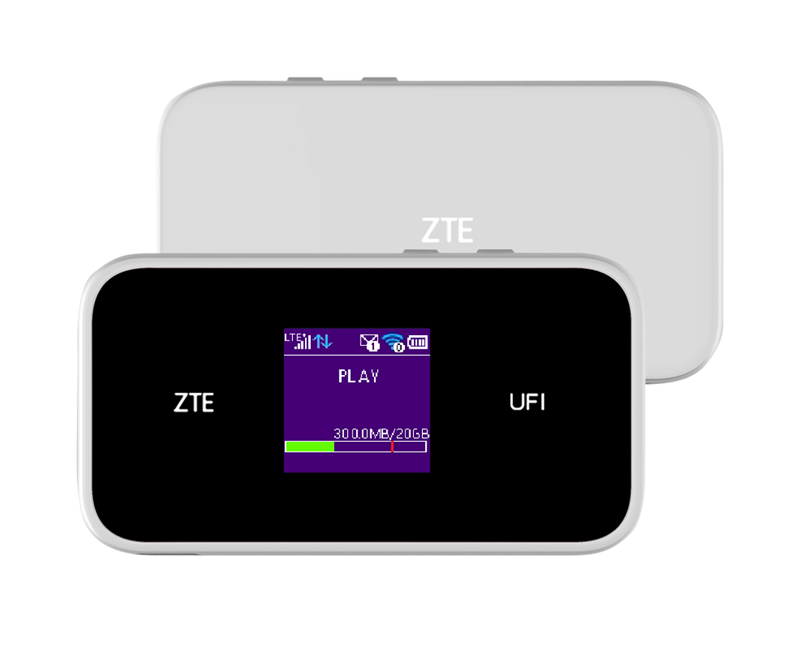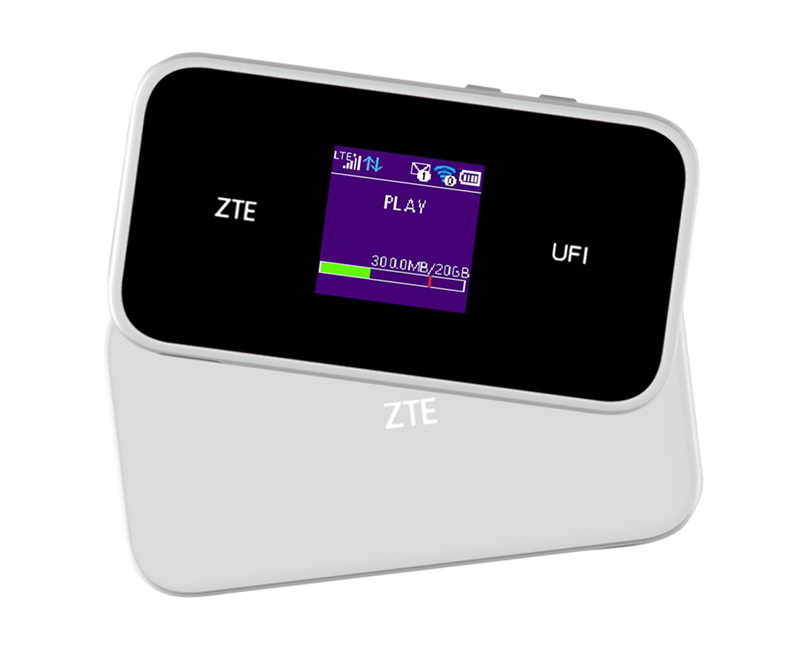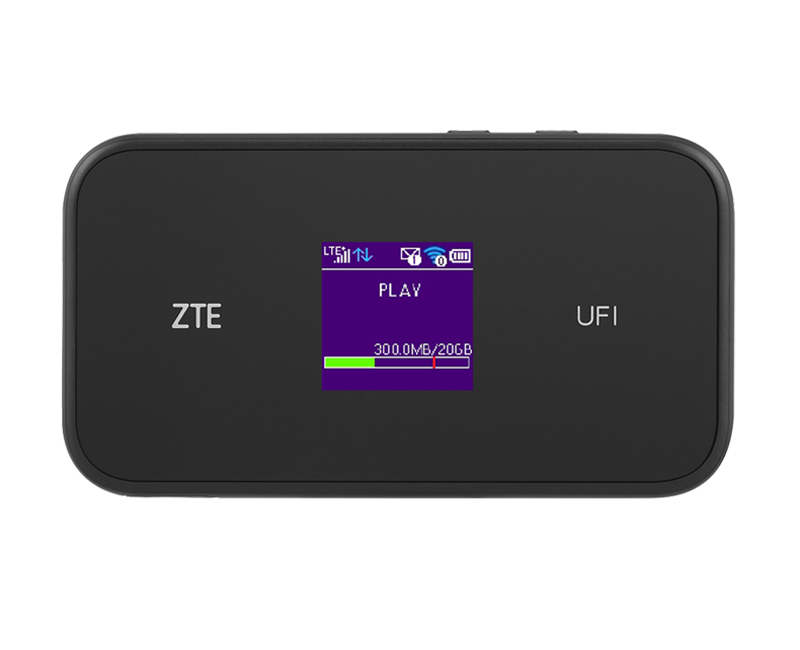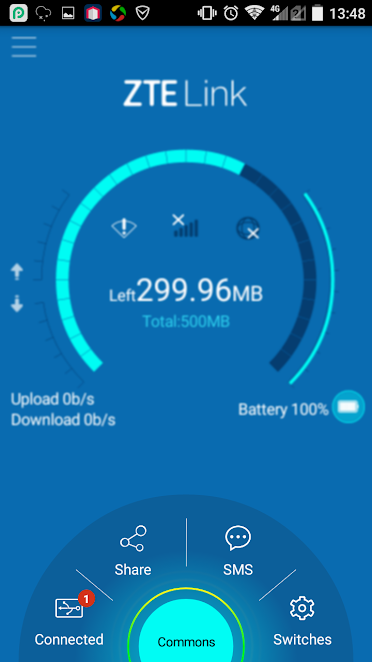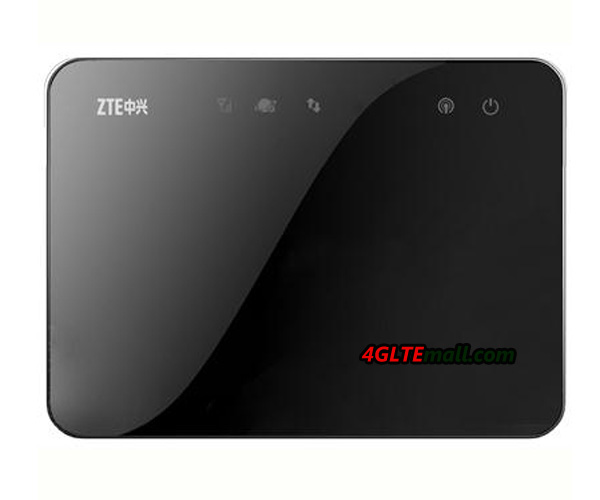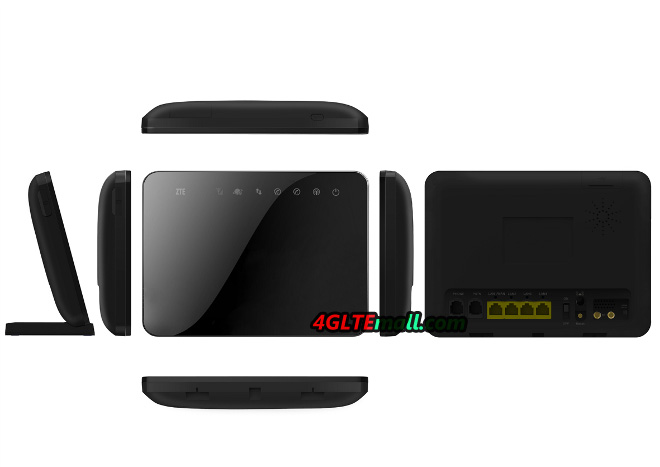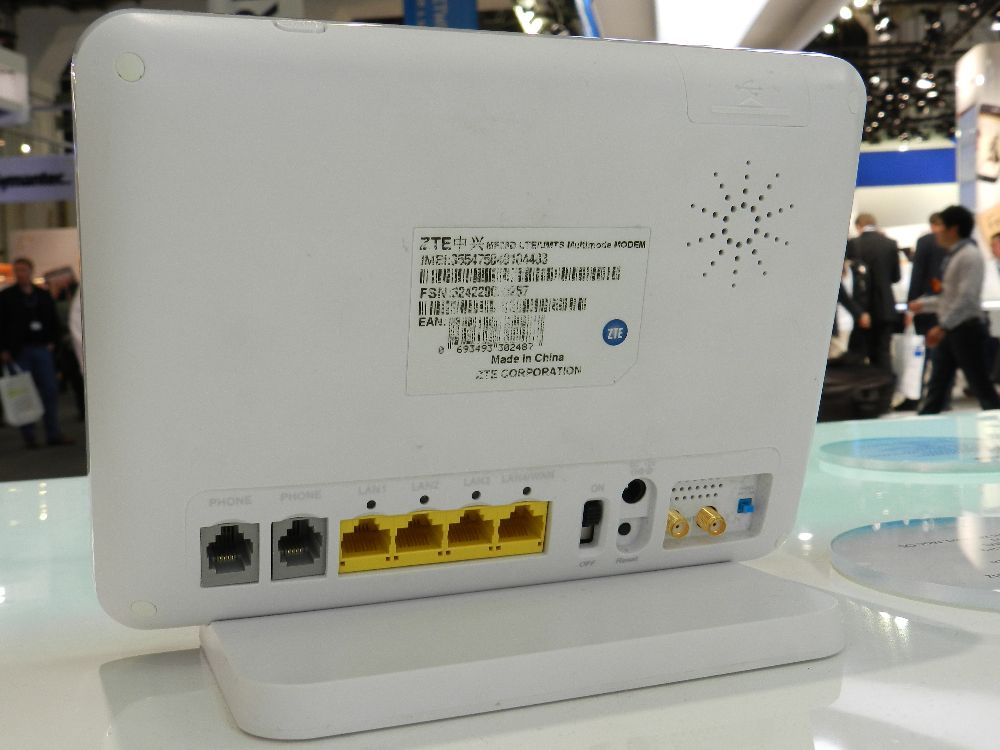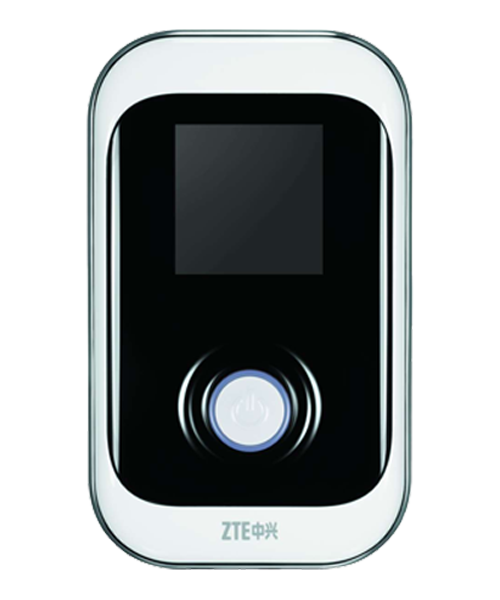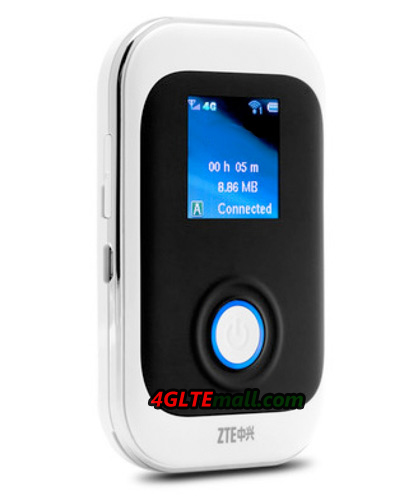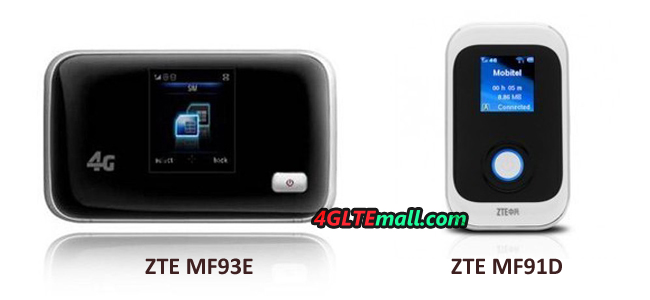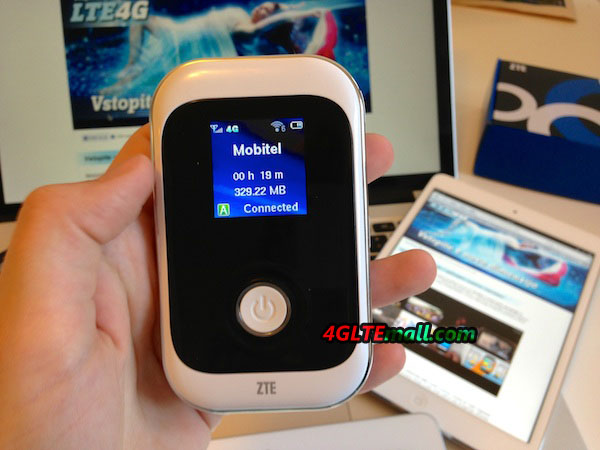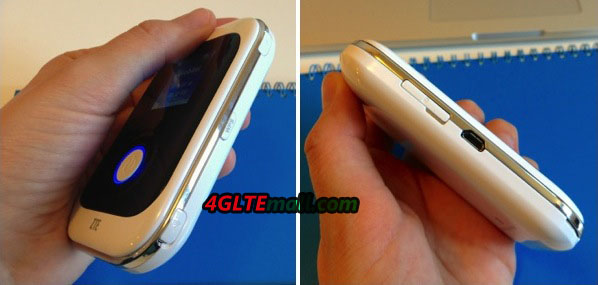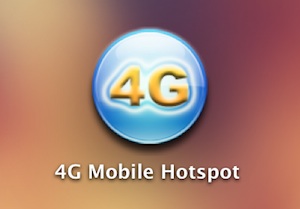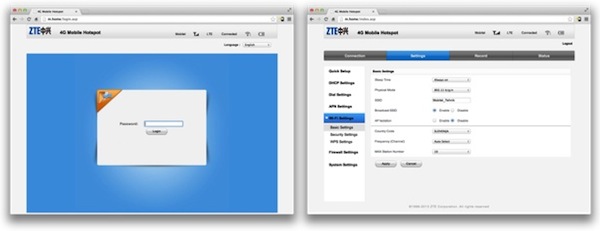The ZTE MF980 Hotspot is a 4G mobile hotspot that offers LTE Category 9 carrier aggregation technology. This 3-band technology achieves a download speed of 450 Mbps and upload speed to 50 Mbps. The supported FDD-LTE frequency bands are: B1 / B3 / B5 (26) / B7 / B8 / B20 / B28 / B32
For Europe area, the bands in 4G are mainly B3, B7, B20 but also some carriers support the B28(700 MHz). In addition, the ZTE MF980 Mobile Hotspot also support below LTE/UMTS/GSM frequency bands:
* TDD-LTE: B40 (or B38 or B41 gold)
* UMTS: B1 / B2 / B5 / B8
* GSM: 850/900/1800/1900MHz
So the ZTE MF980 MiFi 4G could cover fairly wide areas, and it’s good to take as a wireless partner when traveling. We do not have precisely the supported aggregates of bands in 3 CA, we look for the info, but with the bands supported, we remain optimistic for a support in France (B20 + B7 + B3 or B28 + B7 + B20).
Wireless Specifications
The ZTE MF980 4G hotspot also offers Wi-Fi to the 802.11 ac standard operating in simultaneous dual band 2.4 GHz and 5 GHz. Up to 32 simultaneous users can connect for internet access. And it is of course compatible with 802.11b/g/n and offers a 2 × 2 MIMO technology. Equipped with a 2200 mAh battery, it is given for a battery life of 10 hours by the manufacturer.
The 1.44-inch TFT color display allows you to view the usual information, such as operator, signal strength, connection type and level, battery level, number of users connected, and data consumption. The small size of the ZTE MF980 fits easily in the pocket or in a bag.
There are 2 connectors for external antennas in MF980 MiFi. It also has a micro-USB port, a slot for micro-SIM and a cover on the 2 antenna connectors (TS-9 type). If you want to buy the external lte antenna for ZTE MF980, we recommend the tested model: http://www.4gltemall.com/4g-antenna-two-ts-9-connector.html
The setup of ZTE MF980 could be done through the web interface, or the Android application (or IOS) ZTELink APP. From the APP, user can do the settings for the mobile 4g router and can see the information about consumed data and battery status clearly.
In the market, ZTE MF980 is the first LTE cat.9 mobile hotspot. And we know another model Netgear Aircard 800s which also support LTE category 9. We would take further test between the two LTE cat9 mobile hotspots.
Below are the highlights of ZTE MF980 Technical specifications:
* Sleek Design
* 1.44 TFT Display
* Support 3CA High Speed
* Support FDD-LTE network: B1 / B3 / B5 (26) / B7 / B8 / B20 / B28 / B32
* Support TDD-LTE network: B40 (or B38 or B41 gold)
* UMTS: B1 / B5 / B8 / B2
* GSM: 850/900/1800/1900MHz
* Wi-Fi b/g/n/ac
* Wi-Fi 2 × 2 MIMO
* 2.4GHz & 5GHz
* Support 32 devices at the same time
* LTE-FDD Data Rate: DL 450Mbps/ UL 50Mbps (Category9)
* LTE-TDD: DL 330Mbps / UL 11 Mbps
* Dimensions: 122 * 65 * 10.6mm
* Battery: 2200mAh
* Other features
– 1 x Micro USB port
– 1 x Func Button,
– 1 x Power Switch,
– 1 x Reset Hole; SIM socket, Micro USIM
– 2 x External Antenna slot (TS-9 connector)
